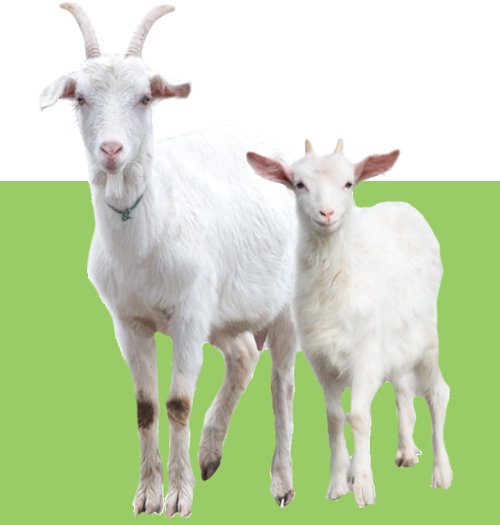Life in the glens
The traditional way of life in the Highlands
Before the Clearances, most Gaels lived in small villages where the people had a close relationship with one another.
The people built stone houses and thatched the roofs with heather, broom, bracken, straw or rushes.
The families reared livestock and planted crops and this was how they made a living.
They worked the land using a runrig system and common grazing.
The high land which was not so good was used as grazing for cattle and black-faced sheep.
The land nearest to the houses was used to grow crops and vegetables.

The Highland Folk Museum
You can see an archaeological reconstruction of a Highland village at the Highland Folk Museum in Newtonmore. It is a living model which shows where Highlanders once lived.
Highlanders kept to the clan system which had been in operation for centuries. They had their own traditions and language – Gaelic.
Today, the Highland glens are empty.
The sites of villages can be seen all over the Highlands and Islands of Scotland. Small communities disappeared because of the Clearances – the houses which were emptied became ruins, and the land which had been cultivated at one time went back to its natural state.
At the shieling
In spring and summer each year Highlanders would leave the shores and the straths and head for the glens and the moors.
It was a happy time for families.
They stayed in shielings – huts made of wood or stone – and their cattle and sheep grazed and put on weight, ready for the winter sales.
The families made butter and cheese.
The butter was made in a churn like this.


Goats were kept since they had good milk for making butter and cheese, and because they could survive on rough ground.
They eat plants which other animals won’t eat.

Shielings were small huts on the moor.
